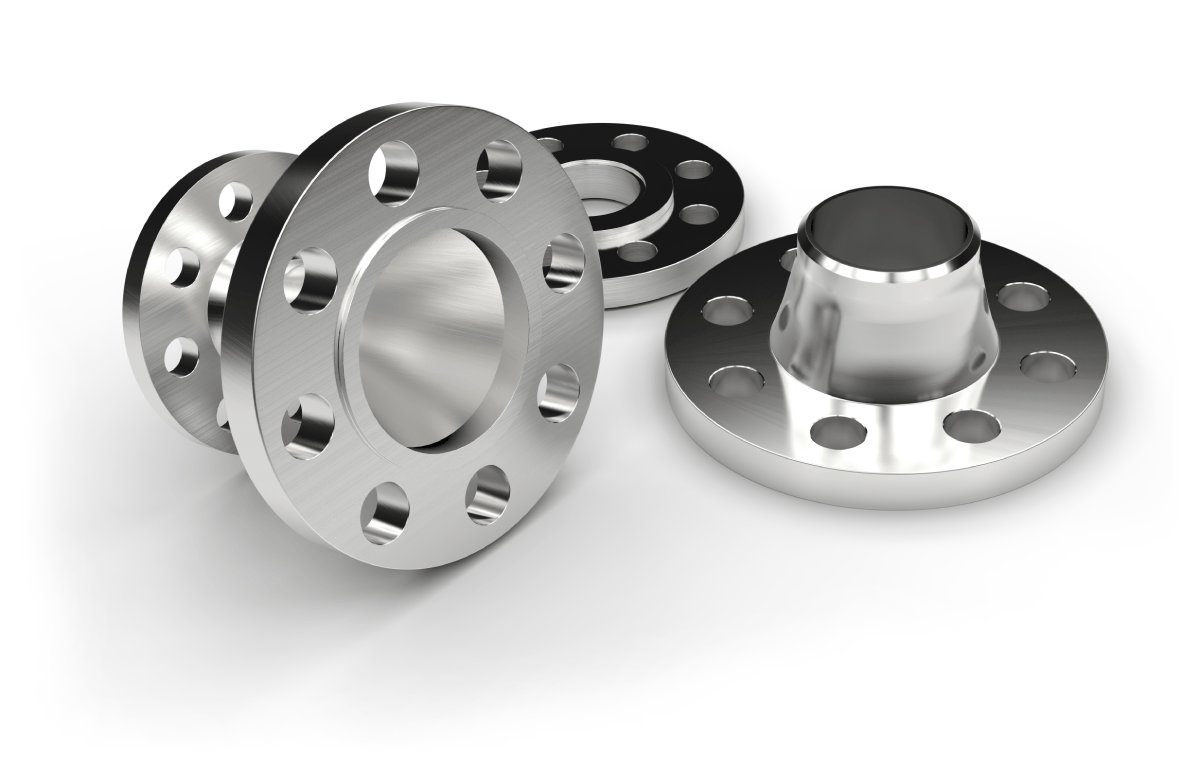MS Tee
MS Tee
MS Union
Pressure Reducing Valve
UL (Underwriters Laboratories) is a widely recognized testing and certification organization that evaluates various products for compliance with safety and performance standards. However, UL does not specifically certify or list pressure reducing valves (PRVs) based on size or individual activities. Instead, UL provides standards and guidelines that PRV manufacturers can follow to ensure their products meet specific requirements.
When it comes to pressure reducing valves, their size and other activities are determined by various factors, including the application, system requirements, and applicable industry standards. Here are some general considerations related to PRV size and other activities:
- Size Range: Pressure reducing valves come in a variety of sizes to accommodate different pipe diameters and flow rates. The size selection is typically based on the expected flow demand and the system's pressure conditions.
- Flow Capacity: PRVs are designed to regulate and control the flow of fluid, reducing the upstream pressure to a desired lower pressure downstream. The flow capacity of a PRV is determined by its design, internal components, and the size of the valve orifice.
- Pressure Rating: Pressure reducing valves are manufactured with specific pressure ratings. These ratings indicate the maximum inlet pressure that the valve can handle and the desired outlet pressure it can maintain within acceptable limits.
- Materials: PRVs are constructed using materials that are suitable for the intended application and compatible with the fluids being controlled. Common materials include brass, stainless steel, or other corrosion-resistant alloys.
- Installation: PRVs are typically installed in the fluid distribution system where pressure regulation is required. The installation process involves proper sizing, correct positioning, and adherence to applicable installation guidelines, including the manufacturer's instructions and relevant industry standards.
- Maintenance and Testing: Like any mechanical device, PRVs require periodic maintenance and testing to ensure proper functionality. This may involve activities such as inspecting for leaks, cleaning or replacing internal components, and verifying the valve's performance using calibrated pressure gauges.
- Compliance with Standards: Pressure reducing valves may need to comply with industry standards such as those established by the American Society of Mechanical Engineers (ASME) or other relevant codes and regulations specific to the application. Compliance with these standards ensures that the PRV meets safety and performance requirements.
Pressure Switch Danfoss
Danfoss pressure switches, including the KP series and other models, offer a range of features that make them versatile and suitable for various applications. Here are some common features you may find in Danfoss pressure switches:
- Adjustable Setpoints: Danfoss pressure switches allow you to adjust the setpoint or pressure level at which the switch will activate or deactivate. This flexibility enables you to customize the switch's operation to meet your specific requirements.
- Adjustable Differential: The switches often come with an adjustable differential setting. The differential is the pressure range between the switch's activation and deactivation points. By adjusting the differential, you can fine-tune the switch's sensitivity and control over the pressure.
- Electrical Configurations: Danfoss pressure switches are available in different electrical configurations, such as normally open (NO) or normally closed (NC) contacts. This allows you to choose the appropriate configuration for your system's wiring and control needs.
- Single-Pole Double-Throw (SPDT) or Double-Pole Double-Throw (DPDT) Switching: Depending on the specific model, Danfoss pressure switches may offer SPDT or DPDT switching capabilities. These configurations enable the switch to control multiple circuits or devices simultaneously.
- Manual Reset: Some Danfoss pressure switches feature a manual reset function. This means that after the switch has tripped due to a pressure event, it will not automatically reset itself. Instead, you need to manually reset the switch by pressing a reset button.
- Pressure Connection Port: Danfoss pressure switches typically have a pressure connection port where you can connect the system's pressure line. The design and size of the port may vary depending on the model and intended application.
- Environmental Protection: Danfoss pressure switches are often designed with environmental protection in mind. They may have IP (Ingress Protection) ratings, which indicate their resistance to dust, moisture, and other environmental factors. Higher IP ratings signify better protection against these elements.














 Use of pressure Gauges
Use of pressure Gauges 













